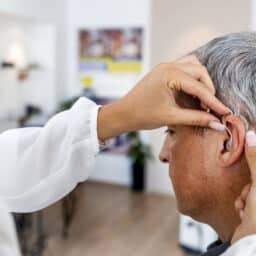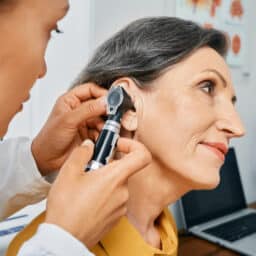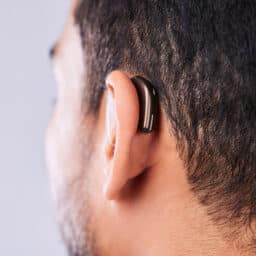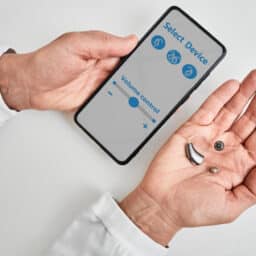What To Know About Auditory Training and Hearing Aids

Hearing loss affects 13% of people aged 12 and over in the United States, but it’s not just about volume—it’s about clarity. When hearing fades, the brain can struggle to recognize and process familiar sounds, creating challenges even after hearing aids are introduced. Thankfully, auditory training is a helpful solution. What Is Auditory Training? Auditory…
Hearing Healthcare: Resolutions for 2025

The new year is a perfect time to set goals and create habits that lead to a healthier, happier life. While you’re busy crafting resolutions for fitness, mindfulness or financial success, there’s one area that often gets overlooked: hearing health. It’s time to give your ears the attention they deserve. The Big Picture: Why Hearing…
Hearing Tests for Kids: Making the Experience Easy and Stress-Free

Many children feel a sense of anxiety or nervousness before doctor’s appointments, especially if it’s a type of appointment they’ve never had before—as is often the case with hearing tests. Luckily, a little planning can go a long way in helping your child feel confident and ready for their first hearing test. Let’s explore why…
Cooking Safely With Hearing Aids This Thanksgiving

Thanksgiving is a big cooking day, and if you’ve taken up the task of making the feast, you know how complicated the process can be. If you’re among the 15% of U.S. adults with hearing loss, navigating the kitchen safely during this busy holiday can present unique challenges. Let’s look at some practical tips to…
How to Ease Your Tinnitus Symptoms: Tips and Strategies
Tinnitus, the presence of ringing or buzzing in the ears, is a common symptom affecting approximately 10% to 25% of adults. Many people only experience short bouts of tinnitus, but it can last longer for others, often leading to feelings of frustration or distress. While there is no one-size-fits-all approach to minimizing tinnitus symptoms, a…
Three Surprising Signs of Hearing Loss You Might Be Missing

In 2022, the Royal National Institute for Deaf People (RNID) aimed to find the difference between how survey participants rated their own hearing and the actual hearing loss they experienced. They found that despite 91% of participants rating their hearing as good: These findings may seem surprising at first, but it’s relatively common for patients…
Celebrate Better Hearing This October

October marks the arrival of Audiology Awareness Month—a time dedicated to focusing on your hearing health and taking proactive steps to protect it. If you or someone you love has hearing difficulties, now is the perfect time to prioritize your well-being and explore treatment options. Let’s delve into why caring for your hearing is essential…
How To Adjust Hearing Aid Settings Remotely

Approximately 7.1% of adults aged 45 and up used a hearing aid in 2019 (Centers for Disease Control, 2021). Hearing aids are effective tools that collect and amplify the noise around you to bring communication clarity and better background awareness. A recent innovation that makes better hearing even more accessible is the ability to make…
What Are the Benefits of Different Hearing Aid Styles?

Hearing aids amplify sound and are vital devices that can provide customized solutions for addressing hearing loss. There are various designs tailored to meet different needs and preferences. Understanding the unique benefits of each style can help you make an informed choice that aligns with your lifestyle. With approximately 28.8 million Americans potentially benefiting from…
Why it’s Crucial for Children’s Hearing Aids to Be Correctly Programmed

Hearing aids are essential for a child’s growth if they have hearing loss. Hearing aids allow children to engage with their surroundings, communicate effectively and develop language skills. To ensure these benefits, it’s crucial that hearing aids are properly programmed and regularly adjusted to meet the child’s evolving hearing needs. Here’s why accurate programming is…